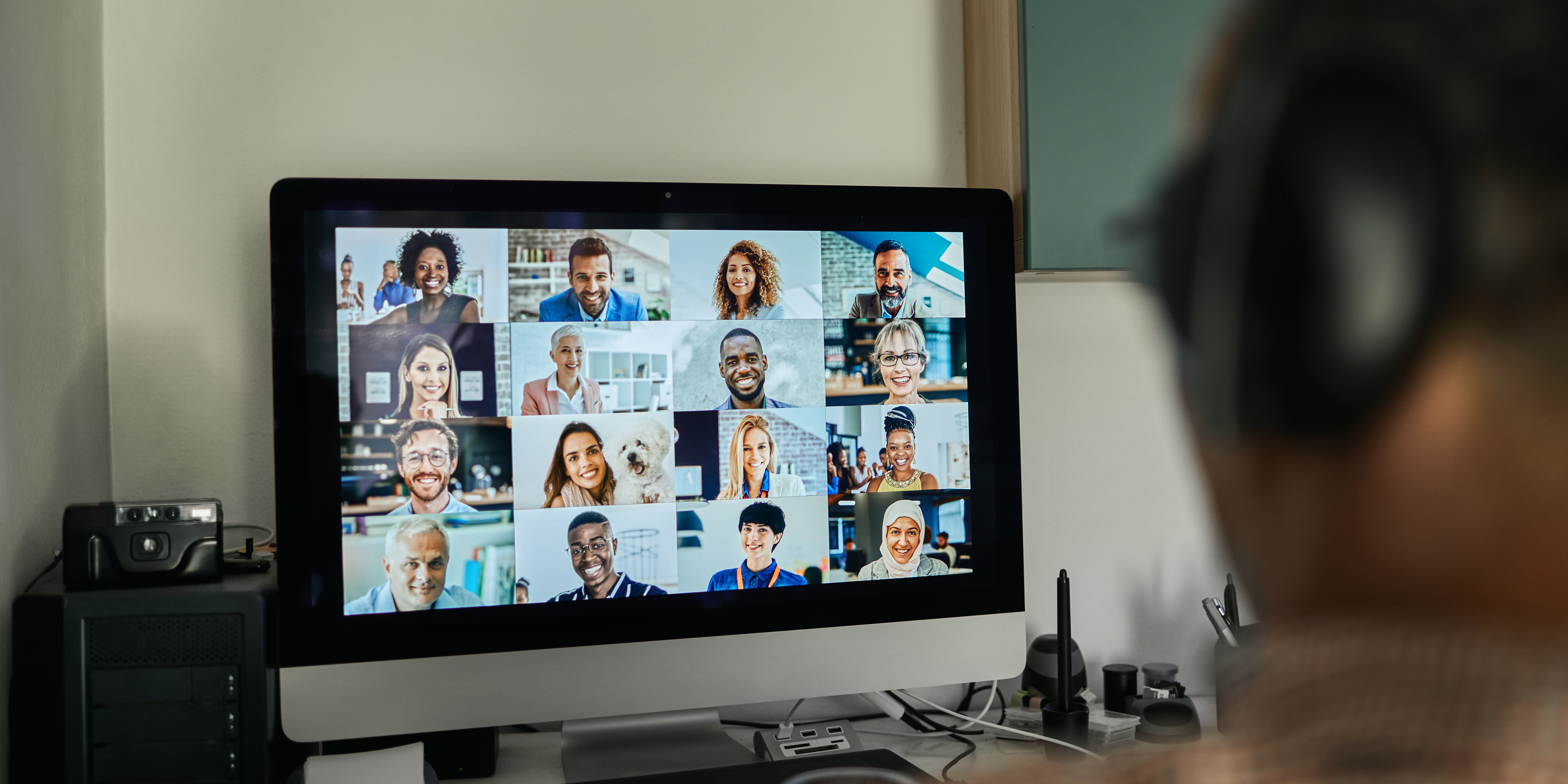11 classic representations of sales & marketing in film & television
Filmmakers have romanticized the sales profession time and time again. Cinematic portrayals have deified, humanized, vilified and lionized the...
Flexible strategies to ensure that your sales & marketing efforts still deliver in the wake of Covid-19

Context
With the coronavirus having reached pandemic status, the #1 priority is protecting people. As industry leaders, we have a moral obligation to keep our clients, employees, partners, and suppliers safe during this crisis.
After ensuring this, we should keep regular operations afloat and possibly improve the way that they’ve been done. We are seeing corporate event cancellations across the board, which is the only acceptable response towards achieving this goal! In parallel with these health & safety precautions, we should also work towards mitigating the impact that this pandemic is having on business life and towards keeping businesses running smoothly. Humanity will overcome this challenge and we need a working environment to continue our normal activities until this crisis finally passes.
The viral outbreak caught most companies off guard and is not likely to let up any time soon. In addition to complicating supply chain activities and other operations, the fear of spreading the coronavirus has upset crucial sales & marketing initiatives. Companies need to address the new challenges that have come up, so we’ve written this brief to offer 2 demand generation strategies to consider to recover from this tragic outbreak and continue to connect with existing and potential new customers.
This article is for B2B event organizers, demand generation specialists, and, especially, account-based marketers. The takeaway points covered are:
Live events are a critical component of any enterprise’s demand-generation initiative. In the past few weeks, governmental and internal restrictions on travel have critically affected the ability of companies to host or attend events. The increasing number of cancellations around the world should speak to how heavily these growing concerns have disrupted normal business activities and the diminishing willingness for international travel. Major enterprises like Google, Apple, Adobe, Oracle, and many others have been forced to shutter events that took months of strategic planning and heavy spending. Many cities have begun banning large public gatherings and, in some countries like Italy where the danger is more highly prevalent, designating “red zones” where residents must stay in their homes and are not allowed to go out in public. The combined overall economic impact of the coronavirus has been estimated as a billion-dollar loss which is only expected to grow.
Referring to B2B event-hosting specifically, this has resulted in a very serious waste of resources & manpower, not just in the lost spend on the logistics of canceling an event but in potentially losing out on future business. With over 130,000 documented cases of the virus, it is unlikely that businesses will be able to confidently depend on traditional event marketing as a reliable channel to nurture leads and generate new business opportunities.
Several countries have started to severely limit international travel and even more companies have placed internal restrictions on their employees going abroad. This is, of course, a necessary measure to contain the coronavirus and protect workers but it does pose a very serious business challenge for sales & marketing organizations to utilize live events as an effective tactic for both lead-nurturing and business opportunity generation.
Mitigating the business impact of canceled events
While the appetite for business travel will likely dwindle for the foreseeable future, this is a great opportunity for your sales and marketing organization to take the long view and measure the results yielded by previous events held and demand generation efforts. Companies invest in holding events to nurture new business, create completely new opportunities, and engage existing customers, so measuring the current high level of cancellations will make it very clear to your organization exactly how much of an impact your events are having in terms of driving sales-qualified pipeline and overall revenue.
If you’re like most leading enterprises, you’ll probably want to continue hosting events as a keystone component of your overall demand generation strategy. If you’re thinking of alternative tactics to take the place of live event-hosting, keep a careful eye on making sure that these efforts yield similar results. Remember, the overall goal of hosting a B2B event is to bring prospects closer to your solutions and business. There are two main segments to concentrate on:
While the panic that the coronavirus has caused makes high turnout to your event less than certain, it is certainly still possible to put on personalized live experiences that achieve this overall goal and capture both target segments.
One strategy to overcome this obstacle and connect with your enterprise prospects is to host your events on digital platforms. Via streamed content, webinars, and other virtual tools, your organization can host personalized and interactive digital experiences. Through this type of virtual experience, your prospects can still get in-depth exposure to your company’s solutions and the opportunity to network with industry peers, from the convenience of their homes or offices.
Alternatively, you can boost the overall output of your outbound activities by introducing a sales development function. By front-loading your targeted outbound efforts, your marketing department can generate an equal amount of new business relationships and opportunities for the sales organization to follow up on and convert into revenue, during the extended period in which international travel will be severely limited.
Both of these strategies require nuance if you want to get the same results as you would with a traditional in-person conference or summit. The key to making these other channels work is in emphasizing both the initial outreach stage and committing to a strong sequence of nurturing and following up with prospects. Furthermore, by expanding your targeted outbound capabilities, you can better engage and qualify your leads and prospects before delivering them to the sales organization. In this way, marketing can take full ownership of the overall outcome and confidently pass these warm, qualified leads to the sales organization for closing.
With a dynamic and consistent approach to outreach and follow-up, your organization can bring your prospects closer to your organization by delivering VIP experiences from the beginning of the buyer’s journey. On top of that, your sales organization will appreciate the quality of the leads you bring to them to increase revenue.
Transition your live event into a virtual one
With a live event, your organization can dazzle prospects with multiple physical amenities like fancy venues or hotels to go along with the various noteworthy areas in whichever city you’re hosting. You can use these tangible resources to set the stage for your product. A virtual event, on the other hand, doesn’t allow for the same kind of techniques to be applied. What can be done to elevate the experience of a virtual conference?
Keep in mind that even under idyllic conditions, there are challenges in getting prospects, particularly VIP ones like SVPs or Department Headers, to attend events, physically or virtually.
Some common points of friction include:
If you introduce an outbound function to your marketing initiative you can increase the effectiveness of your recruitment with a specialized outreach team, for either live events or virtual ones. Your campaign should utilize outreach specialists who are laser-focused on connecting with targeted prospects, explaining the value proposition of your offering, and committed to understanding the prospect’s priorities.
This can only be accomplished via human connection. While digital marketing and automated campaigns certainly play a role in raising awareness, they are slower and less effective than a targeted outbound-calling-based campaign where authentic relationships are developed.
Boost your overall outbound activity
In light of the recent viral outbreak, putting on events will be impossible for much of the near future and migrating them to virtual platforms might be a difficult proposition. That being said, your organization’s marketing team will still likely be responsible for creating demand and delivering leads to the sales organization. What can be done?
First off, focus on the ultimate goal of B2B events.
Harvard Business Review recently surveyed over 700 executives at leading enterprises like Salesforce to measure the revenue impact of B2B event marketing. Their findings show that the top four metrics that survey respondents track to understand the ROI of an event are:
While all of the metrics are important to be mindful of, the overall number of sales-qualified leads should be the main priority, especially if increasing revenue is your highest priority. Therefore, if you can empower your marketing efforts with an outbound lead-nurturing function, you can still confidently deliver sales-qualified leads for sales to follow up with, even without the live event. Boosting outbound activities to compensate for lost events is an excellent way to ensure that marketing contributes to revenue growth.
Fill the pipeline with personalized outreach
Getting people to commit to your event, your product, and your company requires human connection. While automating certain components of outreach can be a powerful tool, its purpose should be to allow the outreach specialists to focus on developing real, authentic relationships with prospects. Likewise, scripted outreach, even when conducted by humans, is another recipe for failure. Enterprise prospects are savvy, wary of drains on their time, and not always eager to make new commitments--even to products or solutions that could potentially make their lives easier.
If they understand that the representatives of your organization are on their side and actively trying to solve their problems, the likelihood of positive engagements increases. The whole point of getting face-to-face interactions with your prospects is to get to know them better as people and as future customers. With this in mind, don’t rely solely on automated outreach like sending out thousands of emails in a single blast or have your team cast a wide but generic net with monotone scripted calling.
If your outreach team (internal and/or external) does targeted research, makes the focus of the conversations about your prospect’s business needs, and communicates the value of what your company can offer them, your prospects will surely be engaged and more willing to make commitments.
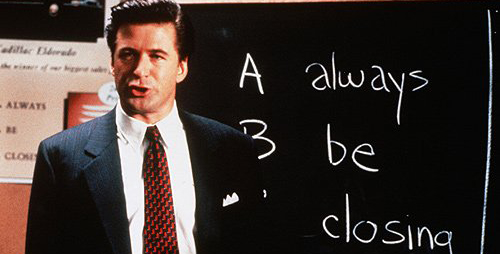
Filmmakers have romanticized the sales profession time and time again. Cinematic portrayals have deified, humanized, vilified and lionized the...

What is the best way to accurately map out your buyers’ decision making process? Having a deep understanding of the buyer persona is fundamental to...

Helping your future customers advance from RPA initiative to great ROI By Kyle Hansen & Yuriy Koshulap
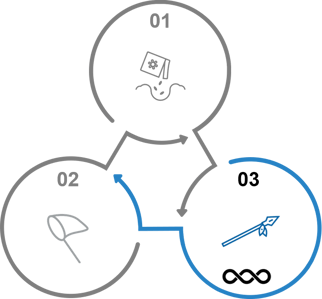
The recent pandemic, economic slowdown, and accompanying uncertainty have resulted in a temporary interruption in how enterprises procure technology...

The industrial sector seems to experience major lags regarding digitalization and automation – the latest trend that is currently defining the...
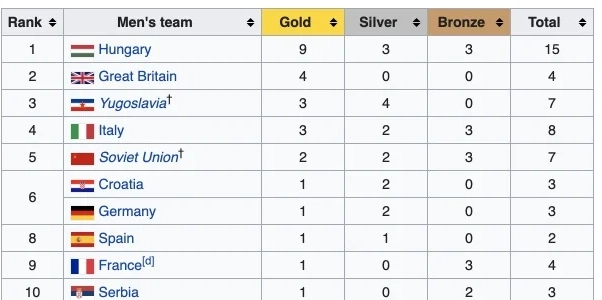
Is your company actively sponsoring culture, sports, non-profits, or any cause? We are, and we have found multiple points of synergy in the process....

Growth process outsourcing is BPO for complex sales and marketing processes. Business process outsourcing (BPO) is a familiar term for most in the...

Hello! How is the job hunt going? Are you looking to join a set of growth-minded colleagues and professionals hailing from various countries? If this...
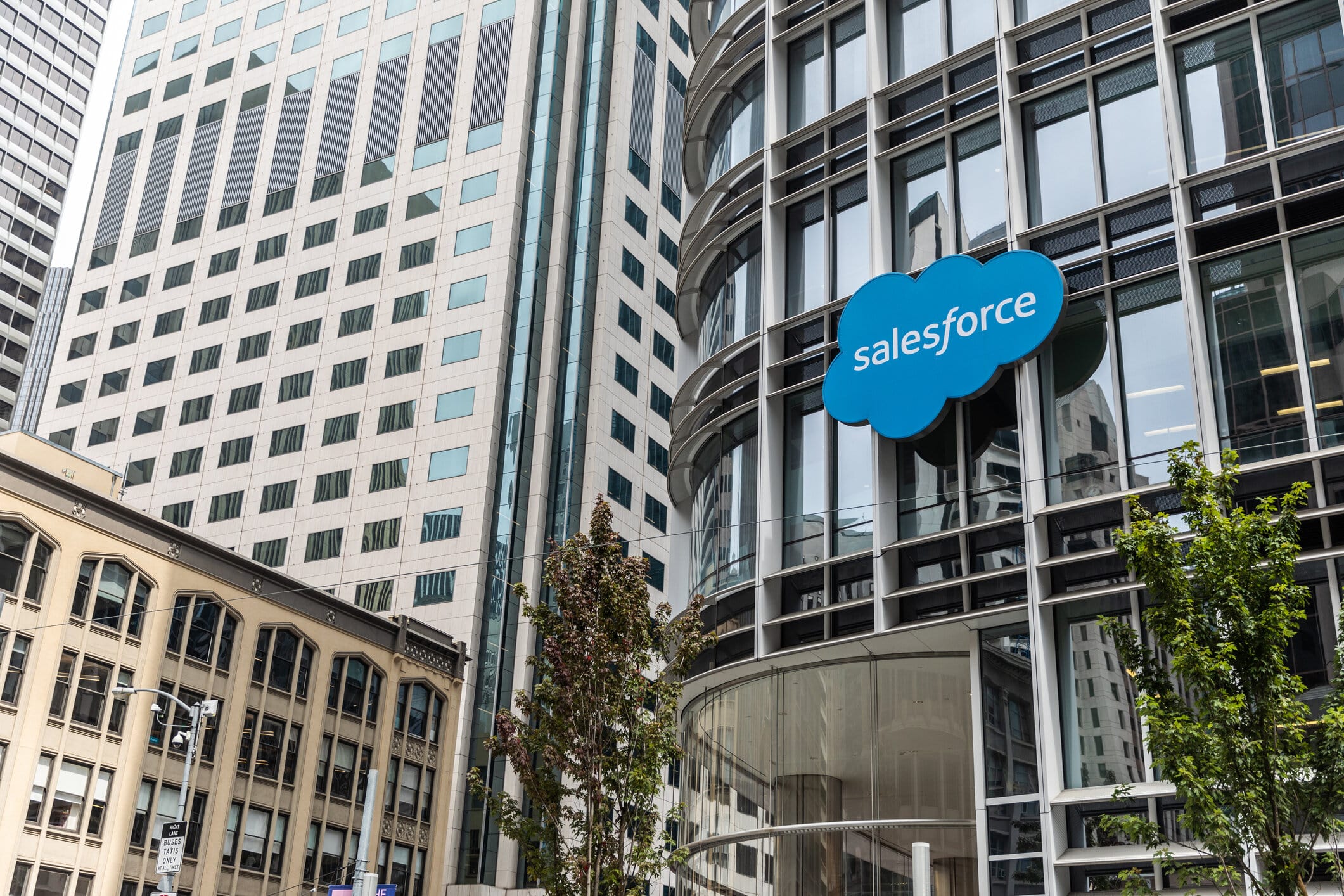
Similarly to previous years, in 2022 we work hard and push hard to enhance our internal processes and to take advantage of every opportunity to grow...

Evolving the SDR Role The business landscape is in constant flux, and with it, the role of the Sales Development Representative (SDR) must evolve. As...

1 min read
Greetings! The sales workshop we hosted at Corvinus University last week was a highly productive affair. We at Infinityn are proud to have had the...
